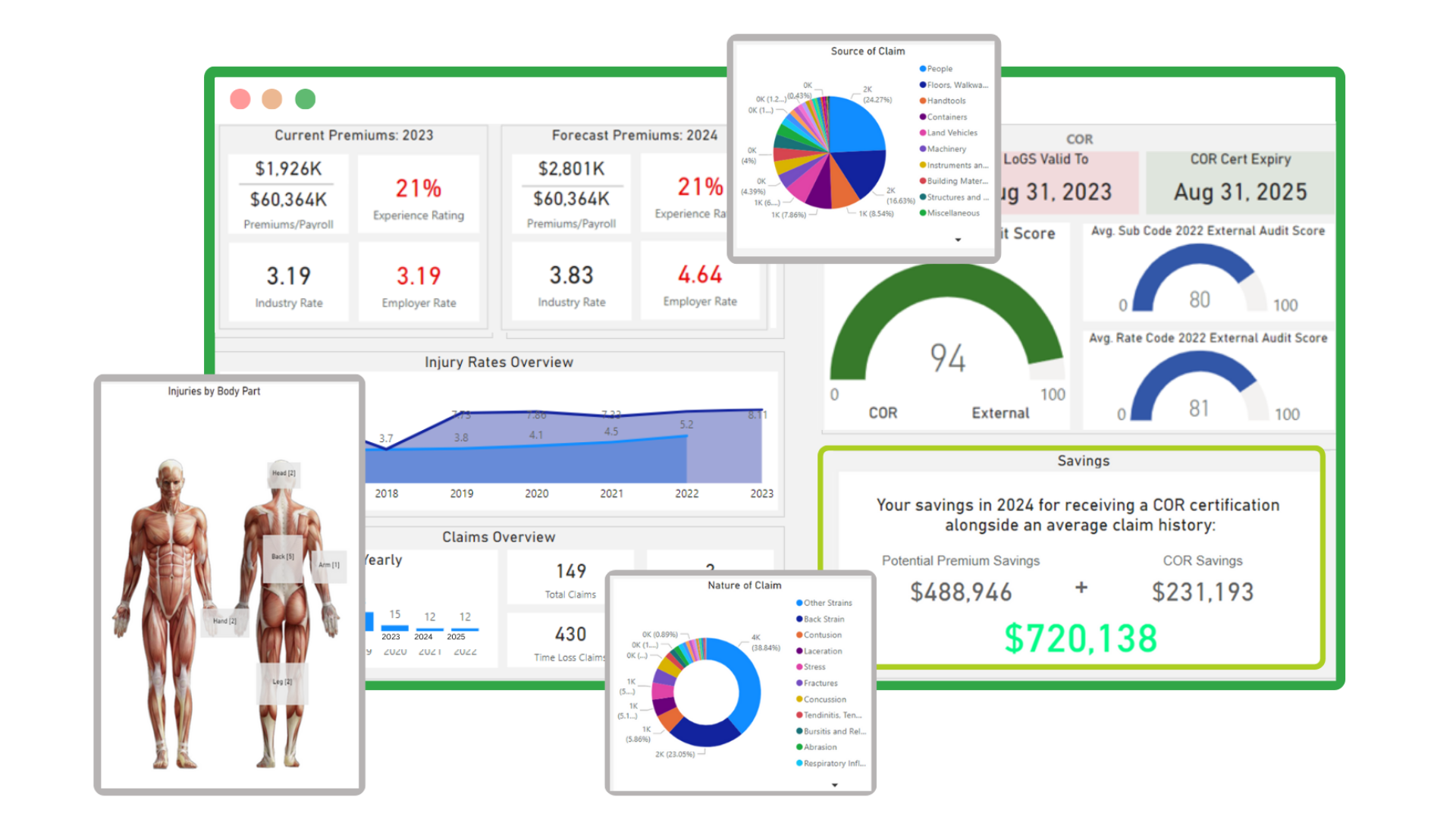The Power of EHS Data Analysis: Ensuring Safety and Efficiency
Author: Tony Mudd, CSP Published: 10/10/2023 Time: 3 Minutes
In an era where businesses are under increasing scrutiny for their impact on the environment and the health and safety of their employees, the importance of Environmental, Health, and Safety (EHS) data analysis cannot be overstated. This practice not only safeguards employees' well-being but also contributes to a company's long-term success by mitigating risks and improving operational efficiency.
1. Proactive Accident Prevention ⚠️
Accidents in the workplace can have severe consequences, ranging from injury to loss of life and substantial financial costs. EHS data analysis allows companies to take a proactive approach to accident prevention. By analyzing historical incident data, identifying patterns, and understanding root causes, companies can implement targeted safety measures to prevent accidents from occurring in the first place.
2. Compliance and Legal Requirements 📜
In today's regulatory environment, compliance with EHS regulations is not just a legal requirement; it's a necessity for maintaining a company's reputation and competitiveness. EHS data analysis helps organizations stay on top of changing regulations, ensuring that they meet their compliance obligations. This, in turn, reduces the risk of legal penalties and reputational damage.
3. Improved Operational Efficiency 🚀
Efficiency is key to a company's profitability, and EHS data analysis can contribute significantly to this aspect. By identifying inefficiencies and safety risks in processes, companies can streamline operations, reduce downtime, and optimize resource allocation. This results in cost savings and improved productivity.
4. Enhanced Risk Management 🌐
Every business faces inherent risks, but EHS data analysis allows companies to assess and manage these risks effectively. By identifying potential hazards and their associated risks, organizations can implement risk-mitigation strategies that protect both their employees and their bottom line.
5. Reputation and Sustainability 🌱🤝
In an age of heightened environmental and social awareness, a company's reputation is closely tied to its EHS practices. Companies that demonstrate a commitment to sustainability and employee well-being are more likely to attract customers, investors, and top talent. EHS data analysis helps companies track and report on their sustainability efforts, enhancing their reputation in the eyes of stakeholders.
6. Data-Driven Decision Making 📊🤔
Informed decision-making is the bedrock of successful businesses. EHS data analysis provides valuable insights that empower companies to make data-driven decisions, whether it's in terms of safety protocols, resource allocation, or long-term strategic planning.
Conclusion: A Safer and More Efficient Tomorrow 🌟
The future of business is intricately linked to the effective analysis of EHS data. By leveraging the power of data analytics, companies can not only ensure the safety and well-being of their employees but also enhance their operational efficiency, reduce costs, and fortify their reputation. Embracing EHS data analysis isn't just a choice; it's a strategic imperative for the businesses of tomorrow.
By investing in EHS data analysis today, companies can build a safer, more sustainable, and prosperous future for themselves and the communities they serve. We can help at Sensori Safety!











